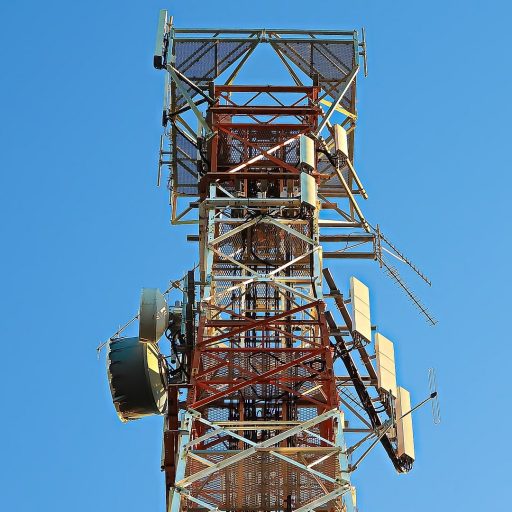Nature photography requires all the usual camera skills, so it is important to know how to use your camera. But really good nature photography also requires sensitivity to nature. Have you ever met someone who has thousands of dollars worth of gear, can talk all day about cameras and lenses…but still takes lousy photos? Such people fail to understand that good photographers are not judged by the equipment they use, but by their results. Of course technical knowledge is important, but it will only take you so far. When it comes to nature photography, it is essential to understand how natural light can trasform the impact of a photo. There is a simple saying which is good to remember when starting out: you can’t take a good photo in a bad situation. This simply means if you approach your subject at the wrong time of day, or in the wrong weather conditions, no amount of technology is going to solve the problem. On the other hand, if you get the light right, you don’t need any technical wizardry to get the shot. Nature does most of the work for you. As soon as light is mentioned, most people automatically think early morning and late afternoon. Any photographer with an ounce of experience soon learns that these are generally the best times to take nature photos. Although it is not true all the time, it is a good place to start. When the sun is very low in the sky, it creates a soft, warm light that is very attractive in a photo. Shining from a low angle, it also illuminates the face of the subject more evenly. Furthermore, due to the lower contrast, the shadows you can see are less harsh than in the middle of the day. So for several reasons, early morning (up to about 9am) and late afternoon towards sunset are often the best times to take your photos. Most people know this. The trouble is, most people don’t make the extra effort to put it into practice. Are you prepared to camp overnight to be on location at sunrise to get the perfect shot? If photography is important enough to you, you will go to these lengths and more. It may seem like a lot of trouble, but once you get that once-in-a-lifetime image you will agree that the reward was worth the effort. This is standard practice for a nature photographer. Should all nature photography be done in the early morning or late afternoon? In a word: no. As they say, rules are made to be broken. You would be mistaken to think that this one simple approach works all the time. So what are some of the exceptions? Black and white photography is a little different from other photography. Instead of subjects being defined by subtle shades of colour, black and white photography makes use of strong lines and shadows. The best effect can be produced by higher contrast in the light. So when you are thinking black and white photography, you may find yourself seeking the brighter light of the middle part of the day. Rainforest photography is another departure from general landscape photography. Under the rainforest canopy, the sunlight can become such a patchwork of light and shade that a perfect exposure is impossible. For the best results in the rainforest, I usually look for overcast conditions, with perhaps a little mist for added atmosphere. Under these cloudy skies, the best times are usually in the middle part of the day, when the light is fairly bright. This helps you avoid a too-dark image. When it comes to wildlife photography, you can take a lesson from the landscape and a lesson from the rainforest. If you photograph your subject in sunlight, early in the morning and late in the afternoon is usually best. At these times the contrast is reduced, and your subject is bathed in soft, warm-coloured light. However, some wildlife subjects are best captured on a cloudy day, just like in the rainforest. The muted light eliminates a lot of glare, so shiny surfaces (a frog’s skin, a bird’s feathers etc) can appear much clearer and more colourful on a cloudy day. The lower contrast of this light also means important details of the subject will not be lost in shadow. This is by no means an exhaustive list of examples. You could go on forever identifying which subjects work best in different types of light. I simply hope these ideas get you thinking about natural light and how it can improve your photography. Once you let nature do most of the work for you, will may just find that the technical aspects of photography become a little less challenging.
